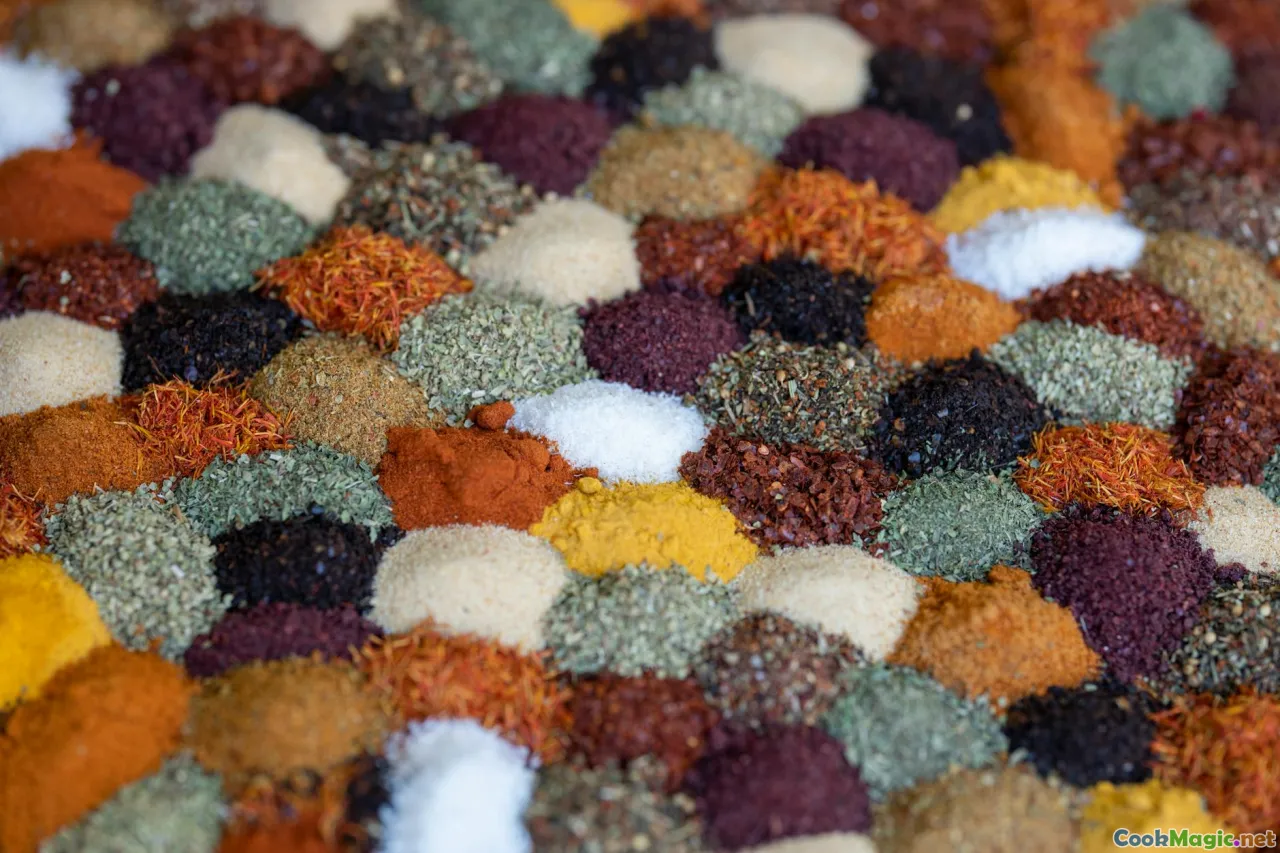How Afghan Pilaf Achieves Its Signature Flavors
8 min read Discover the secrets behind Afghan pilaf's rich, layered flavors—from traditional spices to cooking techniques—that make it a culinary masterpiece. April 30, 2025 02:55
How Afghan Pilaf Achieves Its Signature Flavors
Imagine a bowl of steaming, fragrant Afghan pilaf—its vibrant hues, alluring aroma, and complex taste profile inviting you into a world of culinary artistry. For many, it’s more than just a dish; it’s a symbol of hospitality, tradition, and the rich cultural tapestry of Afghanistan. But what makes this pilaf so uniquely captivating? The answer lies in a careful balance of ingredients, meticulous cooking techniques, and centuries-old traditions that have been passed down through generations.
The Cultural Significance of Afghan Pilaf
Afghan pilaf, known locally as pulao or palaw, is the centerpiece of Afghan gatherings, celebrations, and everyday meals. It embodies hospitality and communal bonding, often served during weddings, religious festivals, and family reunions. The preparation of pilaf is a labor of love, with each region and family adding their unique touch, making it a reflection of local history and identity.
Historical Roots and Evolution
Tracing back over centuries, Afghan pilaf’s origins are intertwined with the Silk Road, where spices, grains, and culinary techniques traveled across Asia and the Middle East. The dish’s evolution reflects a blend of Persian, Central Asian, and Indian influences, creating a rich tapestry of flavors that are both familiar and distinct. Traditional methods have endured despite modern influences, preserving the essence of authentic Afghan cuisine.
The Key Ingredients: Foundations of Flavor
Aromatic Rice
At the heart of Afghan pilaf is long-grain rice, often Basmati, prized for its fragrance and fluffy texture. The rice is rinsed thoroughly to remove excess starch, then soaked to ensure each grain cooks evenly. This preparation allows for the creation of separate, delicate grains that serve as a perfect canvas for the flavorful toppings.
The Role of Saffron
Few ingredients evoke the luxurious aroma and vibrant hue of saffron. In Afghan pilaf, saffron threads are steeped in warm water or milk to release their golden color and earthy aroma. This infusion is then gently drizzled over the rice during cooking, imparting a subtle yet unmistakable depth of flavor.
Spices and Aromatics
Afghan cooks favor a blend of spices that includes cumin, cardamom, cinnamon, and coriander. These spices are often toasted before being added, enhancing their aromatic qualities. Onion and garlic form the aromatic base, sautéed until golden, filling the kitchen with a warm, inviting scent.
The Protein and Vegetables
Typically, lamb or chicken pieces are used, marinated with spices and sometimes yogurt to tenderize. Carrots, raisins, and almonds are common additions, providing sweetness and texture contrast. The balance of savory meat and sweet dried fruits is crucial for the dish’s harmonious flavor profile.
The Art of Cooking: Layering Flavors and Techniques
The Preparation Phase
The process begins with preparing the meat—browned to develop a rich flavor—and sautéing onions and garlic until translucent. Spices are added at this stage, allowing their oils to release, which intensifies their aroma. Carrots and other vegetables are then incorporated, cooking until just tender.
The Rice and Saffron Infusion
Meanwhile, the rice is parboiled until just tender, then drained. The saffron infusion is prepared separately to maximize its color and flavor extraction. The partially cooked rice is layered over the meat and vegetables in a large, heavy-bottomed pot—or degh—a traditional Afghan cooking vessel.
The Dum Technique
The most iconic method in Afghan pilaf preparation is dum, a slow-cooking process that allows flavors to meld. The pot is sealed with a dough or a cloth to trap steam, then cooked over low heat for 30 to 45 minutes. This technique ensures the rice absorbs the aromatic saffron and spices thoroughly while remaining fluffy.
The Final Touch
Before serving, the pilaf is gently fluffed with a fork, and sometimes garnished with toasted almonds or additional raisins. The result is a stunningly layered dish—each bite offering a complex interplay of textures and flavors.
Sensory Experience: Taste, Aroma, and Visual Appeal
The first encounter with Afghan pilaf is a feast for the senses. The aroma is intoxicating—warm, spicy, and slightly sweet—drawing you in. Visually, the dish showcases a mosaic of colors: the golden hue of saffron rice, the rich brown of tender meat, the bright orange of carrots, and the jewel-like raisins.
The taste is equally captivating. The rice’s subtle nuttiness complements the savory meat and sweet dried fruits. The spices create a layered depth, with the saffron adding a delicate floral note. The texture balances tender, juicy meat with fluffy rice and crunchy nuts.
Personal Reflections and Cultural Insights
Having traveled across Afghanistan and shared countless meals with local families, I’ve come to appreciate how much effort and heart goes into every pot of pilaf. It’s a dish that fosters connection—an edible expression of hospitality and resilience. Each family’s recipe tells a story, a legacy of taste and tradition that endures amid changing times.
The communal aspect of preparing and sharing Afghan pilaf also underscores its cultural importance. It’s not merely food; it’s an act of love, a symbol of unity, and a celebration of life’s pleasures.
Conclusion: The Enduring Allure of Afghan Pilaf
In essence, Afghan pilaf’s signature flavors are achieved through a symphony of ingredients and techniques—each step meticulously designed to build layers of aroma, taste, and texture. Its complexity is rooted in simplicity: quality ingredients, time-honored methods, and a deep cultural reverence for sharing good food.
Whether you’re a seasoned chef or an eager home cook, embracing the art of Afghan pilaf invites you into a world where culinary tradition and personal storytelling intertwine. It’s a dish that not only satisfies the palate but also nourishes the soul, reminding us of the timeless power of good food to connect, celebrate, and create memories.
Embark on this culinary journey, and let the flavors of Afghan pilaf inspire your own kitchen adventures—where every grain tells a story.









